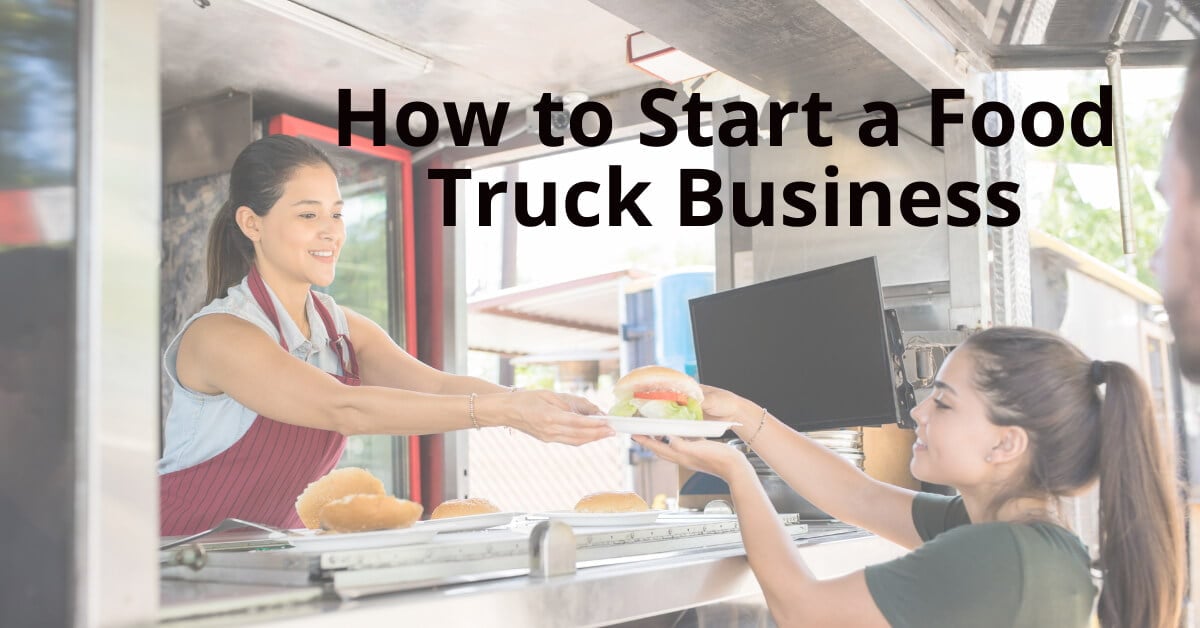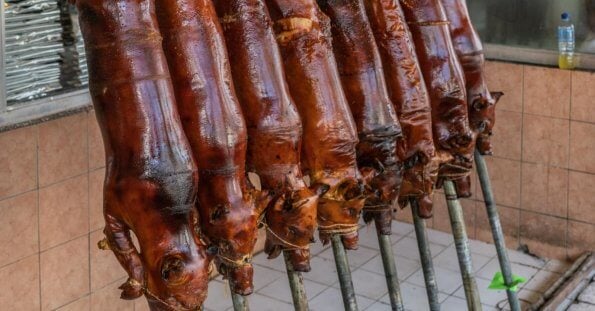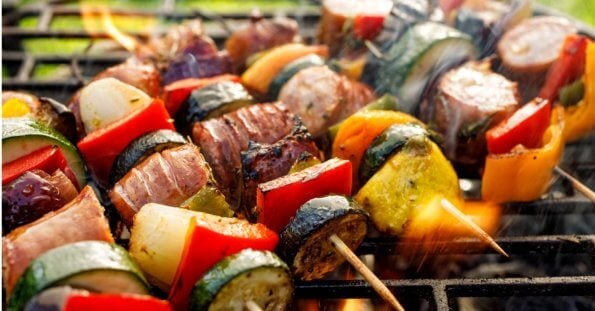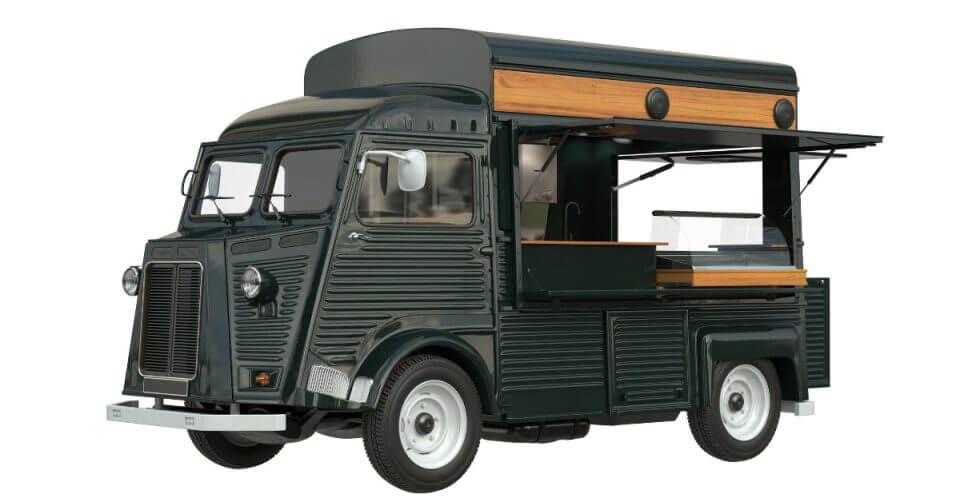
Food trucks have become a popular dining option in the Philippines, offering a variety of delicious and affordable dishes. The trend of food trucks in the country started in the early 2010s, with a few pioneers setting up mobile kitchens in Manila and Cebu. Since then, the concept has taken off, with food trucks popping up in various cities and provinces across the country.
The rise of food trucks in the Philippines can be attributed to several factors. For one, food trucks offer a unique dining experience, allowing customers to enjoy their meals in a more casual and relaxed setting. Additionally, food trucks often offer a wide variety of cuisines, from Filipino favorites to international flavors, making them appealing to a broad range of customers.
Another reason for the popularity of food trucks in the Philippines is their affordability. With prices ranging from as low as ?50 to ?200 per dish, food trucks provide an accessible and budget-friendly dining option for many Filipinos. This makes them particularly popular among students, young professionals, and those on-the-go.
Overall, the growth of the food truck industry in the Philippines is a testament to the country’s rich culinary culture and the entrepreneurial spirit of its people. As the trend continues to grow, it is sure to bring more diverse and exciting flavors to the streets of the Philippines.
Starting a food truck business can be an exciting and rewarding endeavor. Here are some steps to get you started:
- Develop a business plan: This should include your target market, menu, pricing, location, and marketing strategy.
- Get the necessary permits and licenses: This will vary depending on your location, but typically you’ll need a food handler’s permit, a business license, and a permit from your local health department.
- Choose your truck: You can either buy a used truck or have one custom-built. Consider the size, equipment, and layout of the truck.
- Purchase equipment: You’ll need cooking equipment, refrigeration, and storage space.
- Develop your menu: Keep it simple and focus on a few signature items.
- Determine your pricing: Consider your food costs, labor costs, and overhead expenses.
- Find a location: Scout out locations with high foot traffic or areas with limited food options.
- Market your business: Use social media and other marketing tactics to get the word out about your business.
- Hire employees: Consider hiring a small staff to help with cooking, serving, and cleaning.
- Launch your business: Once everything is in place, have a grand opening to introduce your food truck to the community.
What are the most popular types of Food Trucks?
Check our list of popular food trucks with a sustainability rating and revenue potential rating from 1 to 10.
- Tacos: Sustainability: 8; Revenue potential: 9
- Burgers: Sustainability: 6; Revenue potential: 8
- Pizza: Sustainability: 7; Revenue potential: 8
- Sandwiches: Sustainability: 9; Revenue potential: 7
- BBQ: Sustainability: 5; Revenue potential: 8
- Ice Cream: Sustainability: 9; Revenue potential: 6
- Asian Fusion: Sustainability: 7; Revenue potential: 7
- Seafood: Sustainability: 6; Revenue potential: 7
- Vegetarian/Vegan: Sustainability: 9; Revenue potential: 6
- Breakfast: Sustainability: 8; Revenue potential: 7
How to Choose the type of food truck for your business?

Are you considering starting your own food truck business but not sure where to start with choosing a food truck type? With the rise of street food popularity and the freedom to move between different locations, it’s no surprise that many entrepreneurs are turning to the mobile food industry. But with so many types of food trucks available, how do you choose which one is right for you?
The success of your business could rely on selecting the correct type of food truck. There are several factors that need to be considered when making this decision, such as your budget, your menu, and the size of your team. It can be quite overwhelming, especially if it’s your first venture.
Having a suitable vehicle is an essential component when starting a mobile catering business. The type of food truck you choose determines the visual presentation of your brand and how successful your business will be in terms of functionality and customer service. So, let’s dig deeper into what factors you should consider before investing in a specific type of food truck that meets both your needs and those of your customers.
Choosing a type of food truck for your business can be a crucial decision that can affect the success of your venture. Here are some factors to consider when making this decision:
- Target market: Consider the preferences and needs of your target market. Are they interested in a specific cuisine or type of food? Are they looking for healthier options or indulgent treats?
- Competition: Research the existing food trucks in your area and identify gaps in the market. Consider offering a unique menu or concept that sets you apart from the competition.
- Location: Choose a type of food truck that can easily navigate the locations you plan to serve in, such as busy streets, parks, or events.
- Budget: Determine your budget for purchasing or building a food truck, and choose a type that fits within your budget. Some types of food trucks, such as custom-built trucks, can be more expensive than others.
- Size and equipment: Consider the size and layout of the food truck, as well as the equipment needed to prepare and store food. Make sure the type of truck you choose can accommodate your menu and equipment needs.
- Maintenance and durability: Choose a type of food truck that is easy to maintain and can withstand the wear and tear of regular use. Look for a truck with durable materials and quality equipment.
- Regulations: Research the regulations and requirements for food trucks in your area, and choose a type of truck that complies with these regulations.
Ultimately, the type of food truck you choose should align with your business goals, target market, and budget, while also offering a unique and appealing concept that sets you apart from the competition.
How to Build a Food Truck in the Philippines?
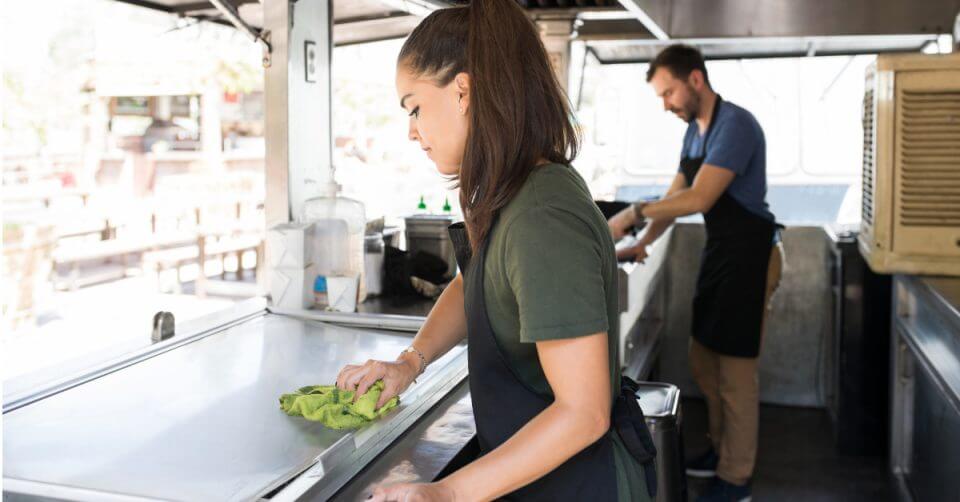
Food trucks are becoming increasingly popular and are now considered one of the most profitable businesses globally. The Philippines, with its vibrant street food culture, is an ideal place to venture into the food truck business.
Food trucks offer several advantages over traditional restaurants, including lower overhead costs and greater flexibility in terms of location. However, building a food truck from scratch can be a daunting task, even for experienced chefs or entrepreneurs. In this article, we will provide you with step-by-step guidelines on how to build a successful food truck business in the Philippines.
Building a food truck in the Philippines requires a few steps. Here are some basic guidelines to help you get started:
- Plan the layout: Decide on the layout of your food truck, including the equipment, storage space, and seating area. Make sure to comply with the regulations set by the Department of Trade and Industry and the Department of Transportation.
- Purchase or lease a truck: You can either buy a new or used truck or lease one from a rental company. Make sure to choose a truck that is the appropriate size and shape for your needs.
- Get necessary permits and licenses: Apply for necessary permits and licenses from the local government, including a business permit, sanitary permit, and fire safety permit.
- Install equipment: Install cooking equipment, refrigeration, and storage space according to the layout plan.
- Electrical and plumbing work: Hire a licensed electrician and plumber to install the necessary electrical and plumbing systems.
- Design and branding: Create an eye-catching design and branding for your food truck to attract customers. Make sure to include your business name, logo, and menu.
- Inspect and test: Once everything is installed, have your food truck inspected and tested by the local government to ensure compliance with regulations.
- Stock up: Purchase necessary supplies, ingredients, and utensils to stock up your food truck.
- Hire employees: Hire employees to help with cooking, serving, and cleaning.
- Launch your business: Once everything is in place, have a grand opening to introduce your food truck to the community.
Remember to prioritize safety, quality, and customer satisfaction in your food truck business.
Learn from the Best Food Truck Businesses
The concept of food trucks has been around for centuries, but it really gained popularity in the 2000s. Today, it’s a thriving industry with thousands of food trucks operating all over the world. The best part? There’s something for everyone!
Here are 10 popular food trucks and their specialties, along with the average cost of their dishes and their bestsellers:
- Kogi BBQ (Los Angeles, CA) – Specializes in Korean-Mexican fusion cuisine, with dishes like short rib tacos and kimchi quesadillas. Average cost: $3-4 per taco. Bestseller: Spicy Pork Tacos.
- The Halal Guys (New York, NY) – Known for their flavorful halal meats, served in gyros, platters, or sandwiches. Average cost: $7-10 per meal. Bestseller: Chicken and Rice Platter.
- Cousins Maine Lobster (Los Angeles, CA) – Offers fresh Maine lobster in rolls, tacos, and more. Average cost: $15-20 per meal. Bestseller: Lobster Roll.
- Grilled Cheez Guy (San Francisco, CA) – Specializes in gourmet grilled cheese sandwiches with unique flavor combinations. Average cost: $10-12 per sandwich. Bestseller: Jalapeño Popper Grilled Cheese.
- Ms. Cheezious (Miami, FL) – Serves classic and creative grilled cheese sandwiches, along with sides like tomato soup and tater tots. Average cost: $10-12 per sandwich. Bestseller: Southern Fried Chicken & Waffle Grilled Cheese.
- The Waffle Bus (Houston, TX) – Offers sweet and savory waffle dishes, including chicken and waffles and waffle sandwiches. Average cost: $8-10 per dish. Bestseller: The Buffalo Chicken Waffle Sandwich.
- Lobster ME (Las Vegas, NV) – Serves fresh Maine lobster in rolls, chowders, and salads. Average cost: $15-20 per meal. Bestseller: Lobster Roll.
- Big Gay Ice Cream (New York, NY) – Known for their creative soft-serve ice cream flavors, including Salty Pimp and Mermaid. Average cost: $5-8 per cone. Bestseller: Salty Pimp.
- Coolhaus (Los Angeles, CA) – Offers gourmet ice cream sandwiches with unique cookie and ice cream flavor combinations. Average cost: $5-6 per sandwich. Bestseller: Chocolate Chip and Tahitian Vanilla Bean Ice Cream Sandwich.
- Biscuit Love (Nashville, TN) – Serves Southern-style biscuits with toppings like fried chicken and gravy. Average cost: $8-12 per meal. Bestseller: East Nasty Biscuit Sandwich.
Note that the average cost and bestsellers can vary based on location and season.
What are the popular Food Trucks in the Philippines?
Have you ever wondered what the fuss is about food trucks in the Philippines? With so many different cuisines and unique concepts popping up all over the country, it’s hard to know which ones are worth trying.
Food trucks have been growing in popularity in recent years, both as a way for entrepreneurs to start their businesses and for food-lovers to enjoy an exciting dining experience. From savory grilled meats to sweet desserts, there’s no shortage of options when it comes to food truck cuisine.
It’s no secret that Filipinos love good food. And with the diversity of culinary traditions across different regions of the country, it only makes sense that food trucks would be a hit here. In this article, we’ll take a closer look at some of the most popular food trucks in the Philippines and discover what makes them stand out from the rest. So if you’re ready for a tasty adventure, let’s dive in!
Here are 10 popular food trucks in the Philippines and their specialties, along with the average cost of their dishes and their bestsellers:
- Goto Monster (Metro Manila) – Specializes in Filipino comfort food such as goto, arroz caldo, and lugaw. Average cost: ?75-100 per bowl. Bestseller: Spicy Chicken Goto.
- Happy Food (Metro Manila) – Offers comfort food dishes such as rice meals, burgers, and wraps. Average cost: ?120-150 per meal. Bestseller: Cheesy Bacon Liempo.
- The Shawarma Shack (Metro Manila) – Serves Middle Eastern-inspired dishes such as shawarma wraps and rice meals. Average cost: ?100-150 per meal. Bestseller: Beef Shawarma Rice.
- Bagnetified (Metro Manila) – Offers crispy and flavorful bagnet dishes, served with rice or in sandwiches. Average cost: ?120-200 per meal. Bestseller: Bagnet Rice Meal.
- Potato Corner (Nationwide) – Known for their flavored French fries, such as cheese, barbecue, and sour cream. Average cost: ?50-70 per serving. Bestseller: Cheese Fries.
- Tapa King (Nationwide) – Serves Filipino breakfast favorites such as tapsilog and tosilog. Average cost: ?80-120 per meal. Bestseller: Beef Tapa Meal.
- Fili Beans Coffee (Metro Manila) – Offers specialty coffee and pastries. Average cost: ?100-150 per drink and pastry. Bestseller: Caramel Macchiato and Chocolate Croissant.
- Chef Bro Food Truck (Cebu) – Serves American-style comfort food such as burgers and fries. Average cost: ?150-200 per meal. Bestseller: Bacon Cheeseburger.
- Manang’s Chicken (Nationwide) – Known for their crispy and juicy fried chicken. Average cost: ?100-150 per meal. Bestseller: One-Piece Chicken Meal.
- Shawarma Gourmet (Metro Manila) – Specializes in gourmet shawarma wraps with unique flavors such as pesto and garlic mayo. Average cost: ?100-150 per wrap. Bestseller: Garlic Mayo Shawarma Wrap.
Note that the average cost and bestsellers can vary based on location and season.
You have to be ready for the ups and down of such an exciting business!
Starting a food truck business can be a challenging yet rewarding endeavor. It requires careful planning, research, and creativity to stand out in a competitive market. However, with a unique concept, quality ingredients, and excellent customer service, a food truck business can become a popular and profitable venture.
One of the advantages of a food truck business is its flexibility, allowing owners to serve in various locations and events. Additionally, food trucks can offer a more casual and approachable dining experience, appealing to a broader range of customers.
When starting a food truck business, it is essential to prioritize food safety and compliance with local regulations. Proper licensing, permits, and inspections are crucial to ensure the health and safety of customers and employees.
Ultimately, a successful food truck business requires passion, hard work, and dedication. With the right ingredients and recipe for success, a food truck business can provide a fulfilling and delicious career opportunity.
